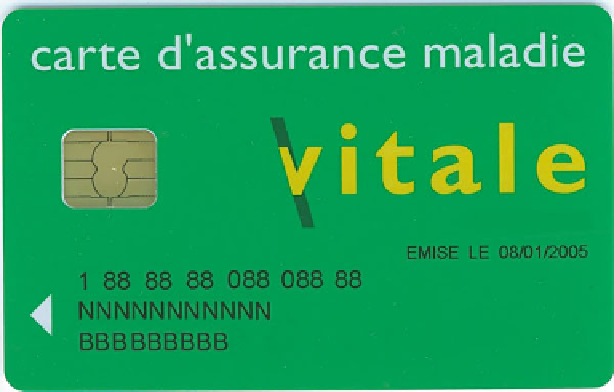Information Technology Reference
In-Depth Information
Fig. 6.1
The French National Health Identity Card
Health Web Sites
According to the CDC “research has shown that 74% of all U.S. adults use the
Internet, and 61% have used it to look for health or medical information. Additionally,
49% have accessed a website that provides information about a specific medical
condition or problem.” [
1
]
I am sure any reader in clinical practice has substantial experience with patients
bringing information or even a self diagnosis or treatment proposal from the Internet
to an office visit. The issue of how providers incorporate these new patient tools into
their practice is far from resolved. [
2
] [
3
]
Health web sites can be usefully divided into several groups based on their level
of sophistication:
Patient Education
: The Mayo Clinic's site [
4
] is probably the best known example.
It is a rich site providing well written monographs describing a huge list of diseases
and conditions. Some monographs include a video. Beyond that is information on
how conditions are diagnosed and treated at Mayo, available clinical trials, Mayo
research into the condition as well as profiles of the researchers in that area and,
powerfully, actual patient stories. Not all of these are available for every condition.
There are many other well known general patient education sites.
15
There are also
numerous sites focused on a specific diagnosis or disease class.
15
familydoctor.org and webmd.com for example.

